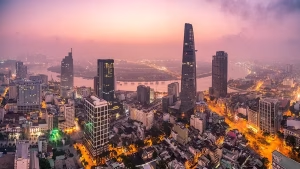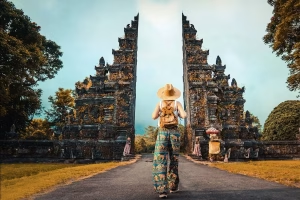With over 7,000 islands, turquoise waters, and warm-hearted people, discover why people loves the Philippines. The Philippines is regularly hailed as one of the most beautiful countries in the world. But what exactly makes this country stand out among global travelers and digital nomads?
In this post, we revisit the Philippines for the fifth time—this time exploring the stunning island of Siargao, nearby Corregidor Island, and the surrounding rock pools, lagoons, and beaches. You’ll discover why people fall in love with this archipelago, and why many travelers keep coming back again and again.
Tricycles, Boats & Local Charm: How We Got There
One of the first things you’ll notice in the Philippines is the local tricycle transport—a motorbike with a covered sidecar. They’re colorful, inexpensive, and often beautifully personalized by their owners.
Cultural Insight: Tricycles aren’t just transport—they’re part of Filipino identity. Each one is unique, sometimes featuring religious quotes, decals, and even karaoke systems!
Nomad Tip: If you’re spending a month or more in the Philippines, learning how to negotiate a tricycle fare is a useful skill. Most trips in towns like Siargao cost between 50–150 pesos (~$1–3 USD).
Quick Travel Note: Island hopping in the Philippines usually involves traditional bangka boats (long, narrow wooden boats with outriggers). They’re iconic, loud, and thrilling.
Exploring Corregidor Island: Peace, Views & Island Life

Our first adventure was to Corregidor Island—not to be confused with the historical WWII island near Manila. This one near Siargao is a lush, quiet paradise with a village, farmlands, and stunning hilltop views.
Local Culture: The island is home to just 300 residents, who rely on fishing and agriculture for survival. Locals grow their own vegetables and collect fresh mountain water—making the island nearly self-sufficient.
Viewpoint Magic: The hike to the top is moderately steep but rewards you with panoramic views and a “toilet with a view” (yes, that’s a real attraction!).
Digital Nomad Insight: Corregidor isn’t Wi-Fi-friendly, but that’s the point. For creators, this is the kind of place where drone footage and storytelling thrive. Capture, unwind, and return to town to upload.
A Taste of Batanes in the South
The locals sometimes call Corregidor “Little Batanes”—referencing the remote, postcard-perfect islands in the far north of the Philippines. With its rugged hills, grassy meadows, and windswept trails, the comparison is justified.
Cultural Comparison: Like Batanes, Corregidor has deep community roots and limited infrastructure. It shows you a side of the Philippines untouched by mass tourism.
Nature Check: Tall coconut trees, wild grass, and palm leaves make up most of the landscape. The heat and humidity are intense—so come early in the morning or late afternoon.
Photography Tip: Bring neutral-density filters or a drone for epic sunrise content. The contrast between grassy hills and deep blue seas is unbeatable.
Budol Fight: A Feast Worth Fighting For
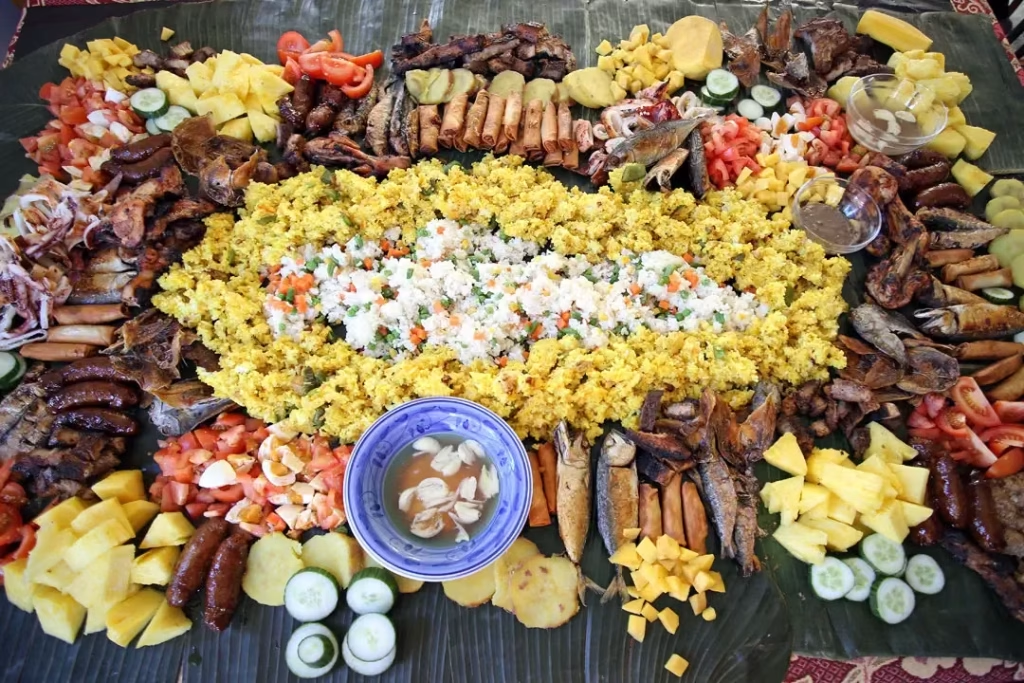
Filipino hospitality reaches its peak with the budol fight—a traditional communal meal served on banana leaves. Expect grilled fish, shrimp, mussels, fried chicken, tropical fruit, and rice laid out across a long table.
Cultural Origin: The term comes from military mess halls, where soldiers would “fight” for food. It’s now a fun, community-style tradition across the islands.
Dining Etiquette: No forks here! Traditionally, you eat with your hands—after washing them, of course. It’s about togetherness, not formality.
Digital Nomad Tip: Budol fights are often offered on private tours or by homestay hosts. It’s a great way to bond with locals and try a variety of dishes in one go.
Naked Island: A Strip of Sand in Paradise
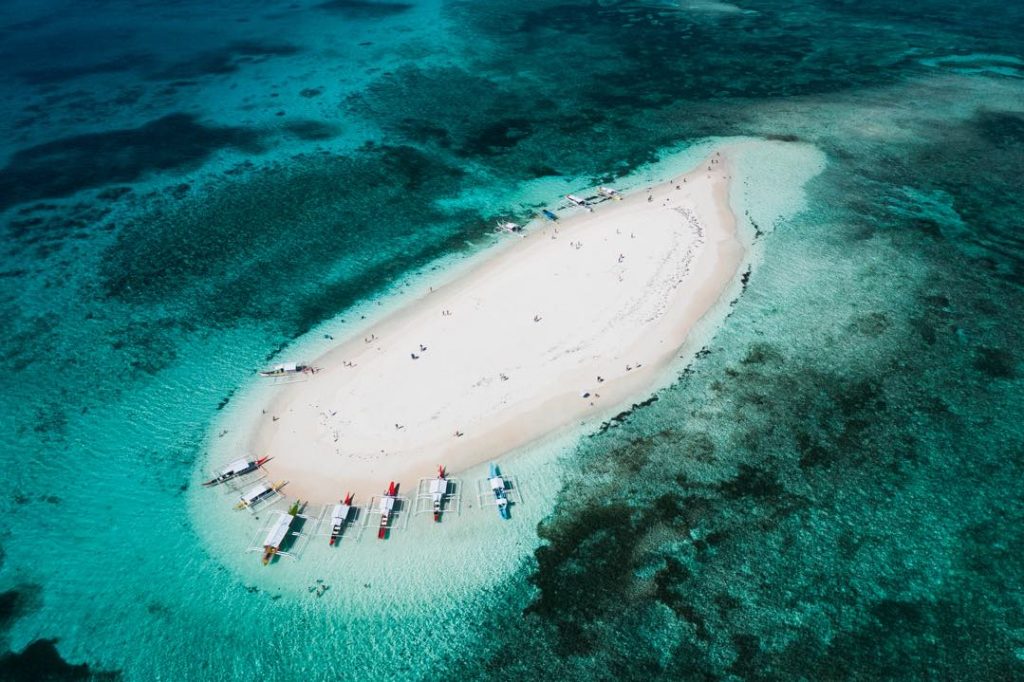
Next stop: Naked Island—a long, exposed sandbar surrounded by blinding turquoise water. No vegetation, no structures—just sun, sand, and sea.
Why “Naked?” No trees, no shade, no buildings—just a sandbar. Not a nudist spot, despite the name!
Swimming Tip: The water is shallow and warm. Be cautious of the sun—bring reef-safe sunscreen, a hat, or a sarong for makeshift shade.
Content Creator Advice: This is your drone’s time to shine. Wide-angle aerial shots of Naked Island are mesmerizing and great for reels or thumbnails.
Rock Pools & Hidden Hot Tubs
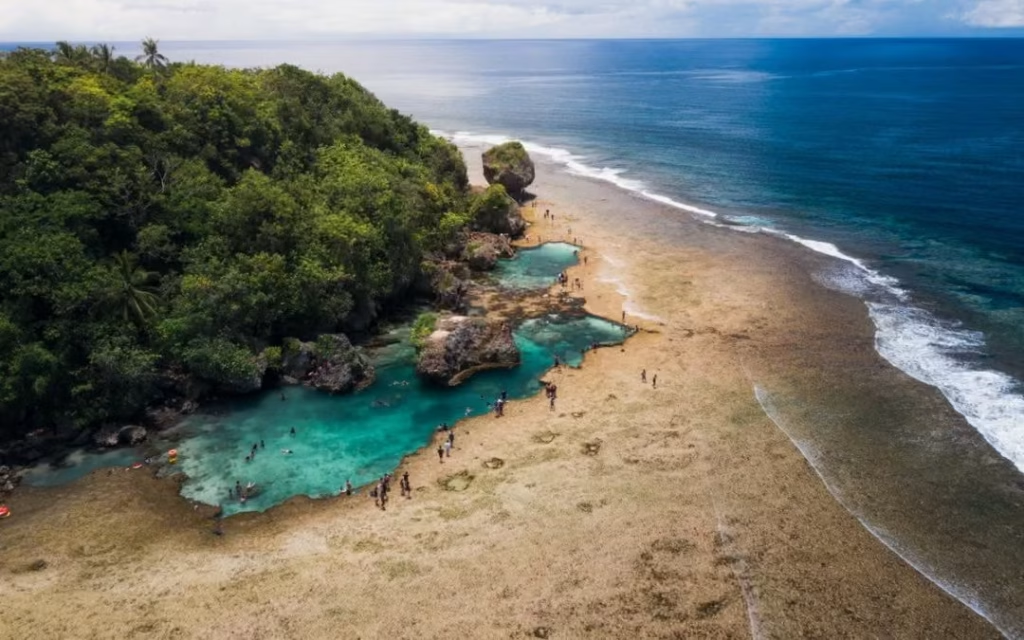
The next day, we explored the famous rock pools near Siargao, only accessible at low tide. These natural pools fill with crystal-clear water, perfect for relaxing, soaking, or jumping off rock ledges.
Local Knowledge: Come early—tide charts are everything here. Arriving at the right time means fewer crowds and clearer water.
Natural Wonder: These pools warm up quickly under the tropical sun and feel like natural hot tubs. But the rocks are sharp—bring water shoes!
Safety Tip: Locals may laugh off injuries, but slipping on coral or sharp rock is no joke. Walk slowly, and skip the jump unless you’re confident.
Crocodile Crossing: A Wild Surprise
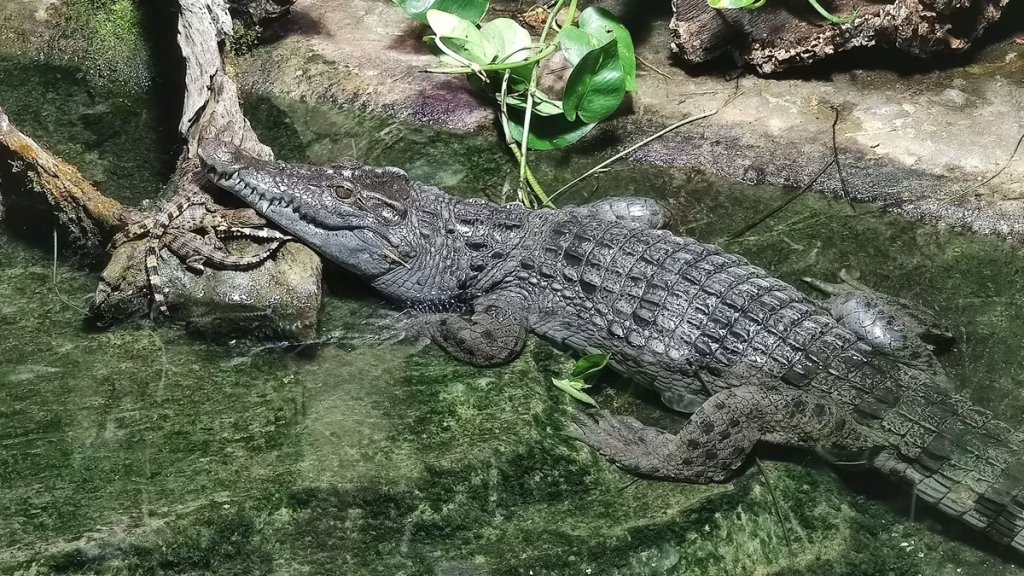
While exploring inland lagoons, we came across a “Crocodile Crossing” sign. Turns out, Philippine freshwater crocodiles have been reintroduced here—but they’re shy and rarely seen.
Conservation Angle: The species is critically endangered. Local projects are working to protect their natural habitat without disrupting tourism.
Wildlife Fact: These crocs are smaller and less aggressive than saltwater types. Sightings are rare, but their presence adds to the wild, raw feel of Siargao.
For the Brave: If you see ripples in the reeds—watch respectfully. Don’t throw food or rocks into their habitats.
Sunset Vibes Near General Luna
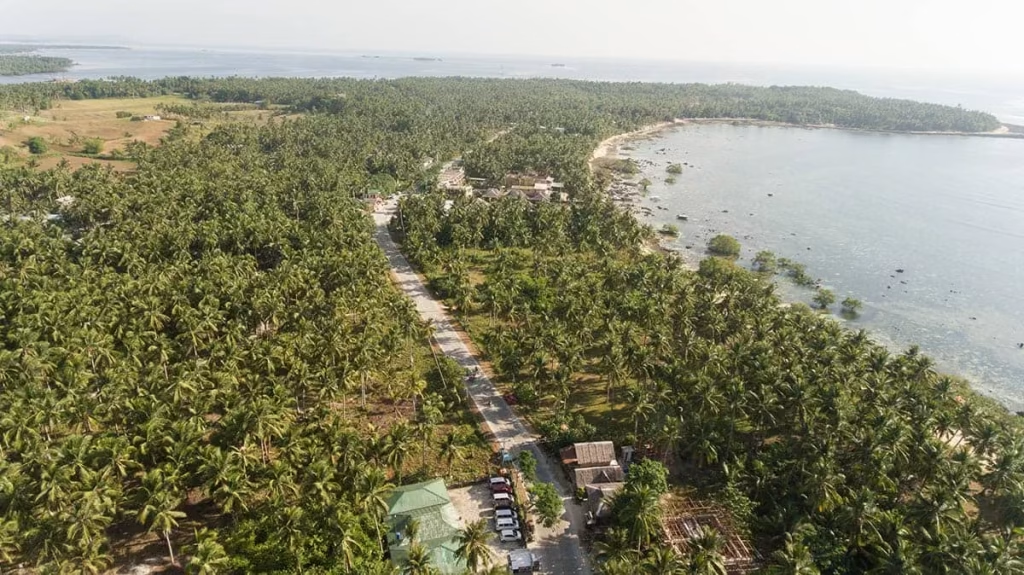
To end the day, we found ourselves on a quiet beach near General Luna, the main town in Siargao. Locals were skating, walking dogs, and enjoying a stunning golden hour.
Why We Love It: The vibe in Siargao is laid-back, welcoming, and easy to fall in love with. From surfers to startup founders, it attracts an eclectic crowd.
Working Life: Internet can be patchy, but cafes like Kermit, Bravo, and Spotted Pig offer decent Wi-Fi. You’ll also find co-living spaces with fiber connections.
Digital Nomad Tip: Siargao is one of the few places where you can be productive during the week and hop on a boat to paradise every weekend.
Why We Keep Coming Back to the Philippines
This trip marked our fifth visit to the Philippines—and every time we return, we fall in love all over again. The people are kind, the food is delicious, and the scenery is out of this world.
Feeling Safe & Seen: We’ve always felt safe here, whether on busy beaches or remote islands. Filipinos are warm, joyful, and incredibly helpful.
Foodie Heaven: Try the local squash curry at Cavada, one of our favorite lunch spots. The local fruit—especially mango and watermelon—is sweet, juicy, and unforgettable.

Nomad Reflection: Whether you’re working remotely, taking a sabbatical, or just exploring, the Philippines is more than a vacation—it’s a lifestyle.
Quick Travel Tips for Siargao & Surroundings
- Best Time to Visit: November to May (dry season)
- Transport: Fly to Siargao via Cebu or Manila
- SIM Cards: Buy Smart or Globe at the airport or in town
- Budget: $30–$50/day is plenty for budget travelers
- Connectivity: Good in town; patchy on the islands
Final Thoughts: The Philippines Is a Place That Stays With You
The Philippines isn’t just beautiful—it’s magical. With its natural wonders, kind people, and endless adventures, it’s no wonder why everyone who visits dreams of coming back.
If you’ve never been, make 2025 your year to explore. And if you have—you already know why everyone loves the Philippines.

